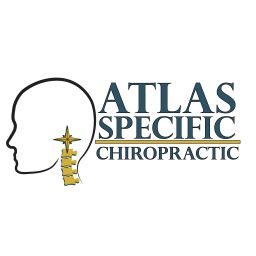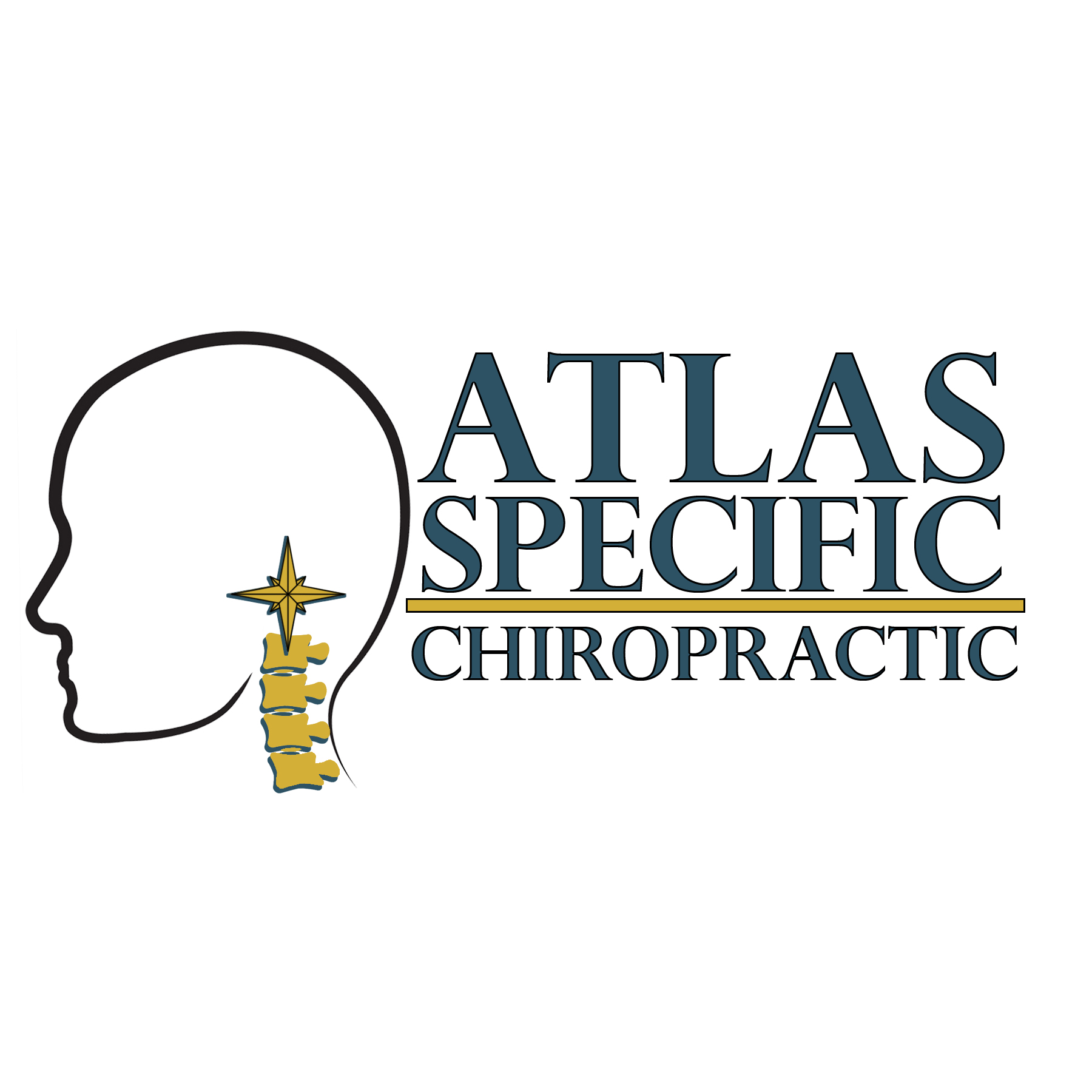
Whiplash
Gentle, Precise Upper Cervical Chiropractic Care for Neck Injuries After Trauma
Understanding Whiplash
Whiplash occurs when the head is rapidly forced forward and backward—most commonly during a rear-end car accident, sports injury, fall, or work-related incident.
This sudden movement strains the ligaments, muscles, joints, and nerves of the neck.
People with whiplash often experience:
-Neck pain or stiffness
-Headaches or migraines
-Shoulder or upper-back tension
-Tenderness or soreness around the neck
-Restricted or painful movement
-Dizziness or vertigo
-Blurred vision
-Fatigue or irritability
-Pain, tingling, or numbness into the arms
-Jaw tightness or TMJ issues
-Brain fog or difficulty concentrating
Symptoms may appear immediately—or not until days or even weeks later.
This delayed onset is common because inflammation builds over time, and the nervous system can mask pain right after trauma.
What Happens to the Neck During Whiplash?
A whiplash injury forces the neck into extreme motion in a fraction of a second, causing:
✔ Ligament sprain
The soft tissues that support the spine overstretch.
✔ Muscle strain
Muscles spasm to “protect” the injured area.
✔ Joint irritation
The facet joints of the neck become inflamed and painful.
✔ Misalignment of C1 and C2
The atlas and axis—the most delicate part of your spine—often shift during impact.
✔ Brainstem irritation
The upper cervical spine protects the brainstem, and even slight misalignment can disrupt nerve communication.
✔ Disruption of blood flow & cerebrospinal fluid
This contributes to headaches, dizziness, and brain fog.
Because whiplash affects structural AND neurological function, symptoms often spread beyond the neck.
Why Whiplash Symptoms May Persist
Many patients continue to struggle with neck pain, headaches, and neurological symptoms long after the initial trauma.
This happens because:
-Upper cervical misalignment was never corrected
-Inflammation remained around the nerves
-Posture shifted to compensate for the injury
-Muscles stayed chronically tight
-The brainstem never fully recovered
-Normal neck movement did not return
-Scar tissue created restricted motion
Left untreated, whiplash can lead to long-term issues such as:
-Chronic neck pain
-Migraines
-Post-concussion symptoms
-TMJ dysfunction
-Persistent dizziness
-Degenerative disc changes
Correcting upper cervical alignment early creates the best long-term outcomes.
The Upper Cervical Connection to Whiplash
The atlas (C1) and axis (C2) are the most commonly injured vertebrae in a whiplash accident due to their mobility and proximity to the skull.
Misalignment here can cause:
✔ Brainstem irritation
The brainstem regulates balance, pain, muscle tone, and autonomic nervous system function.
✔ Increased muscle tension
Neck and shoulder muscles tighten to stabilize the head.
✔ Postural distortion
The body compensates for misalignment by shifting the shoulders, hips, and spine.
✔ Nerve irritation
Misaligned vertebrae can irritate nerves traveling down into the shoulders, arms, and between the shoulder blades.
✔ Impaired healing
Poor alignment restricts normal blood and cerebrospinal fluid flow.
This is why many patients report:
-Pain with turning the head
-Arm tingling
-Ear fullness
-Dizziness
-Visual changes
-Fatigue
Upper cervical correction helps restore normal mechanics and nerve system balance.
How Upper Cervical Chiropractic Helps with Whiplash
At Atlas Specific Chiropractic, we use a precise, detailed approach to evaluate and correct whiplash injuries.
✔ Functional Neurological Scans
Tytron thermography identifies nerve irritation and inflammation caused by trauma.
✔ Precision 3-View Upper Cervical X-Rays
We measure your alignment down to 1/100th of a degree and millimeter—critical after trauma.
✔ Gentle, Precise AHKC Correction
No twisting, no cracking, no forceful manipulation.
Just exact, calculated adjustments tailored specifically to your anatomy.
✔ Progressive Healing and Stabilization
As alignment improves, patients often experience:
-Less neck pain
-Reduced muscle tension
-Improved range of motion
-Better posture
-Fewer headaches
-Better sleep and mental clarity
-Relief from dizziness or visual strain
We focus on restoring neurological balance—not just treating symptoms.
When Whiplash Is More Than “Just a Neck Injury”
Whiplash may also lead to or worsen:
-TMJ dysfunction
-Post-concussion syndrome
-Trigeminal nerve irritation
-Vestibular issues
-Cognitive changes
-Shoulder or mid-back pain
This is because the neck connects to nearly every major system affecting movement, balance, and neurological function.
Addressing only muscles or joints misses the root cause.
Are You Still Suffering from Whiplash Symptoms?
You may need upper cervical care if you have:
-Neck pain that hasn’t resolved
-Headaches or migraines after the injury
-Dizziness when turning your head
-Tingling or numbness in the arms
-Brain fog or trouble concentrating
-TMJ pain
-Sleep disturbances
-Symptoms that flare during stress
These are classic signs of upper cervical involvement.
A Gentle, Effective Approach for Long-Term Relief
Whiplash can disrupt your life, your work, your sleep, and your ability to move normally.
But with precise upper cervical chiropractic care, healing can be restored safely and naturally.
At Atlas Specific Chiropractic in Hiawatha, IA, we help patients throughout the Cedar Rapids area recover from whiplash by correcting the source—not just reducing symptoms.
📞 Call (319) 343-8540 or schedule your first visit today.
Open Hours
Monday, Tuesday, Thursday
9:00 - 6:00
Wednesday
12:00 - 6:00
friday
9.00 - 2.00
© Atlas Specific Chiropractic | Powered by Webflow.




